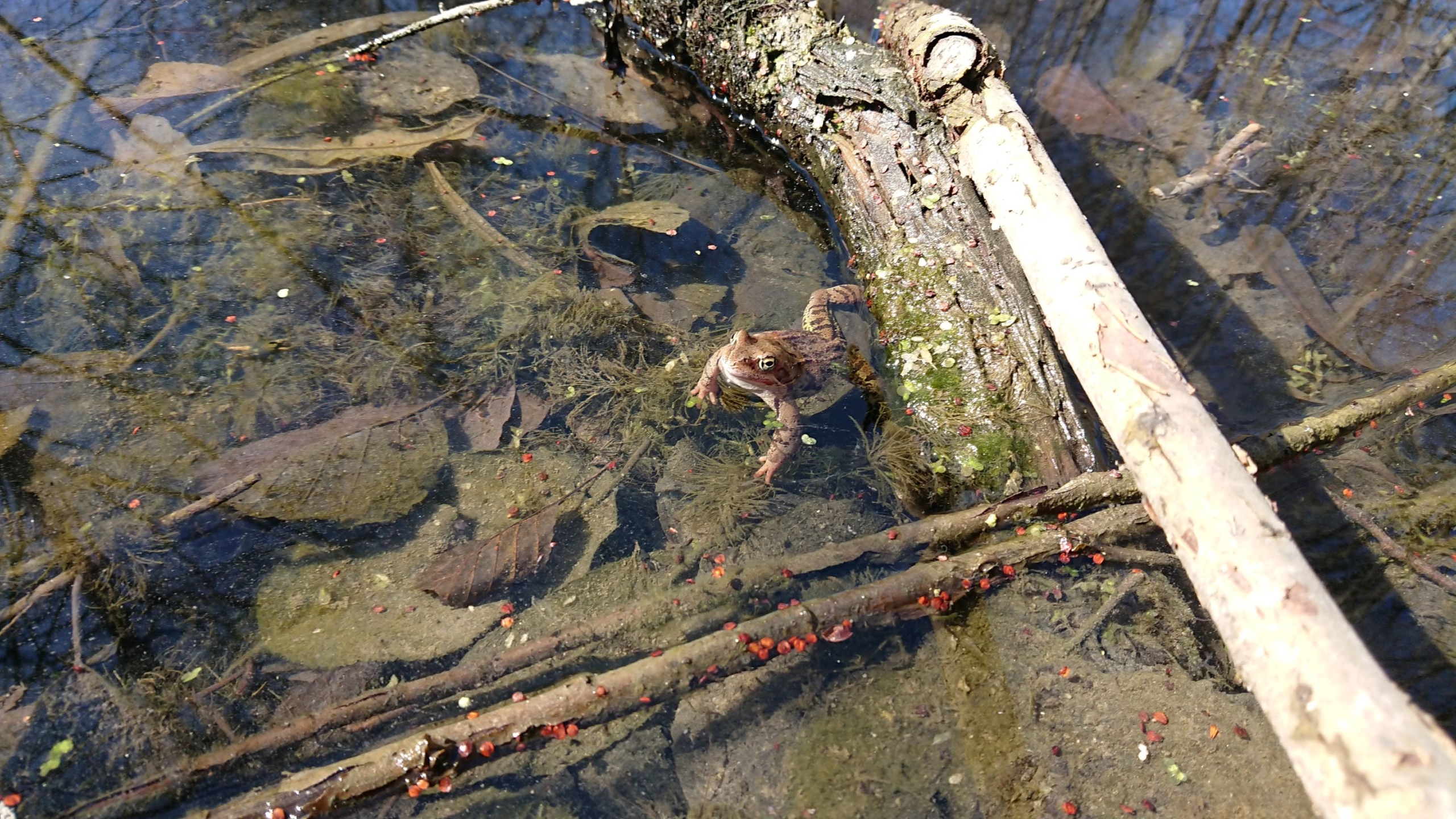Tallinn improves breeding conditions for frogs at Astangu
At the end of March, maintenance work will begin on the ponds located along Astangu Street to improve light conditions and water quality, ensuring better breeding conditions for amphibians.
The Astangu area is the largest and most diverse habitat for amphibians in Tallinn, home to four of the five amphibian species found in the city. All amphibians are protected under Estonian conservation laws, but their numbers are declining due to deforestation, drainage of wetlands, destruction of breeding ponds, and climate change.
Meelis Uustal, senior specialist of nature conservation at the Tallinn Urban Environment and Public Works Department, mentioned that every spring, a mass migration of frogs occurs to the ponds in Astangu from southern hibernation areas, with approximately 2,000 to 3,000 frogs crossing Astangu Street annually to breed. “Studies have shown that the Astangu ponds are in poor condition, leading to unsuccessful amphibian breeding. The surrounding area of the ponds has become overgrown with shrubs and trees, which block sunlight and contribute to the deterioration of water quality as leaves and branches fall into the ponds. Over time, this has led to the silting of the ponds,” Uustal added.
“Amphibians return to the ponds where they were born to breed, even if the poor conditions and lack of sunlight make them unsuitable for successful reproduction. This adversely affects the overall situation of amphibians in the area, leading to population decline and extinction. Therefore, it’s necessary to improve the quality of the breeding water bodies in the area, as well as to reduce the risk of fatalities during migration across the street,” said Riinu Rannap, a researcher and herpetologist at the University of Tartu.
Amphibian migration from hibernation areas to breeding ponds generally begins with the warming weather in March-April. Since 2015, temporary traffic restrictions have been implemented on Astangu Street during the frog migration period, and traditional volunteer efforts have been organized to help frogs cross the street, aiming to prevent mass fatalities.
Kristel Saarm, project leader of “Konnad Teel(t) / Frogs on the Road” at the Estonian Fund for Nature, stated that volunteers are ready for the new migration period. “We are currently monitoring the situation to ensure that frogs have not yet started migrating and that the cleaning work around the ponds can begin. Active supervision will also continue during the works. “If we find that frog migration has begun, then the pond maintenance work will be immediately paused to allow frogs to safely reach the breeding ponds and return,” emphasized Saarm.
The improvement of frog breeding conditions consists of two stages. In the last week of March and the first week of April, trees and shrubs on the southern banks of the ponds will be thinned to expose the ponds to sunlight. Water that warms up faster in the sunlight allows frog tadpoles to develop more quickly and significantly improves their chances of survival.
In May-June, the success of amphibian breeding will be assessed to summarize the first stage. Then, preparations for cleaning the two easternmost ponds will begin. According to current plans, pond cleaning will take place in August.
Photo by Janek Jõgisaar

